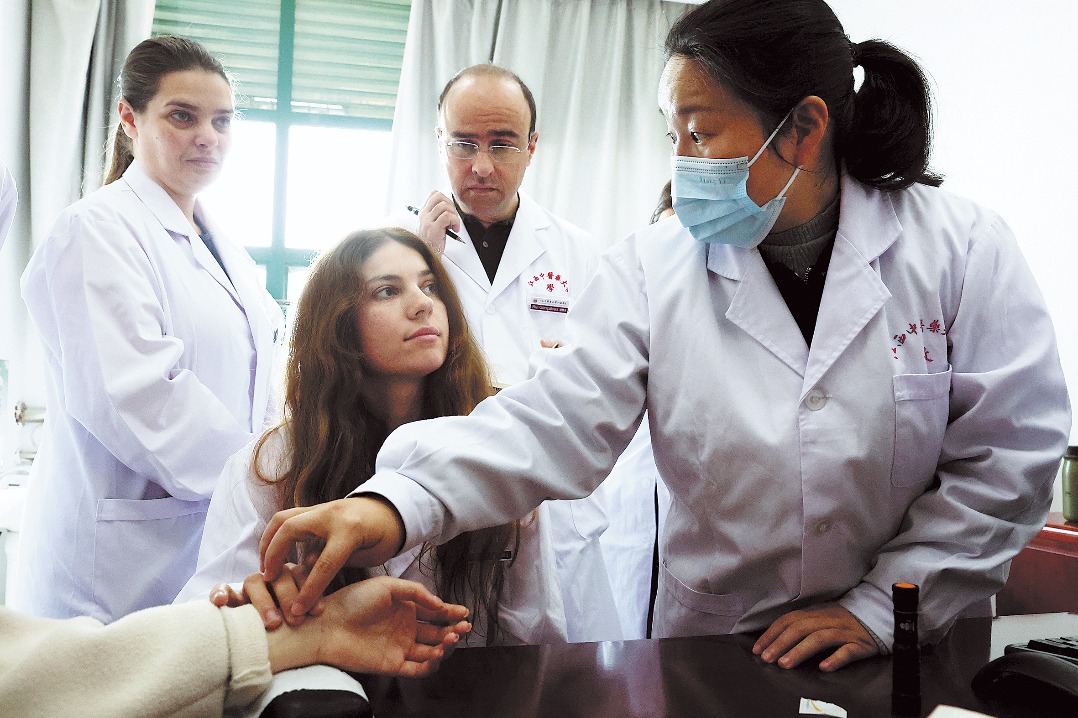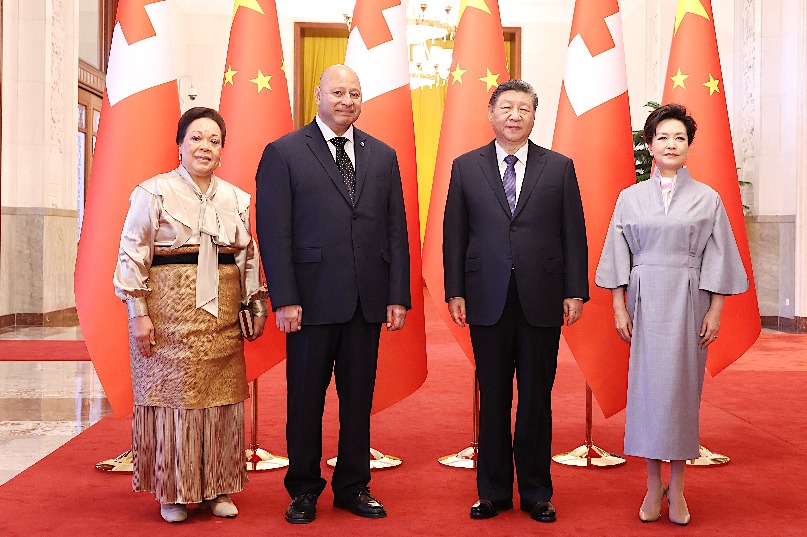Preserving the past to enrich the future
By He Qi | China Daily | Updated: 2023-07-22 08:17

"Most of the stuffed animals in the museum were made by my family members," says Tang, the director of the taxidermy department at the museum.
The Tang family has a historical significance in the development of taxidermy in China, as their skills have been recognized as a provincial intangible cultural heritage.
Tang Shimin's ancestor Tang Chunying, a fisherman in Fujian province, learned taxidermy from British official T.D.D. La Touche, who worked at Fuzhou Customs in the 1860s.
He then coached other family members in learning the skill, growing a tree of outstanding taxidermists within the family. Today, more than 150 of them are engaged in the craft at top scientific research institutions, natural history museums and universities all over China.
Tang Shimin, the fifth-generation descendant of Tang Chunying, as well as the last taxidermist in the family, took over the taxidermy studio (the predecessor of the museum) in 1982 from his father. The studio has been run by Tang family since 1949.
"At first, I just felt that I couldn't let this skill go without a successor, but, later on, taxidermy became an indispensable part of my life," says Tang Shimin.
Covering all major categories of vertebrates, including mammals, birds, reptiles, amphibians and fish, the museum now has about 2,000 specimens on display and 5,000 teaching specimens.
























